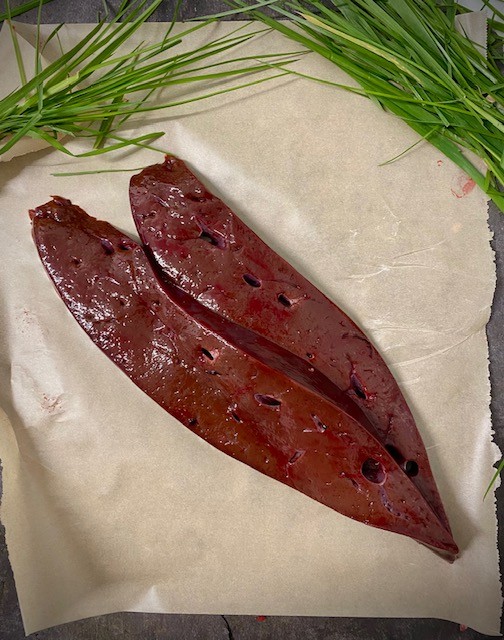Enjoy the highly nutritious offal, from our 100% grass fed organic cows, who were regeneratively managed. Their organs are as clean as possible, no medications, vaccines given to our animals, and our cattle drink our own water from underground aquifer that lies underneath our organic pastures.
Beef liver is rich in protein, vitamin A, and iron, supporting immune function and energy metabolism.
Beef kidney provides essential B vitamins and minerals, promoting red blood cell formation.
Beef heart is high in CoQ10 and supports cardiovascular health.
Ox tongue is packed with protein and essential amino acids, aiding muscle growth and repair.
Ox tail is rich in collagen, benefiting joint and connective tissue health.
Incorporating these offal cuts into your diet can enhance overall nutrition and well-being.






Reviews
There are no reviews yet.